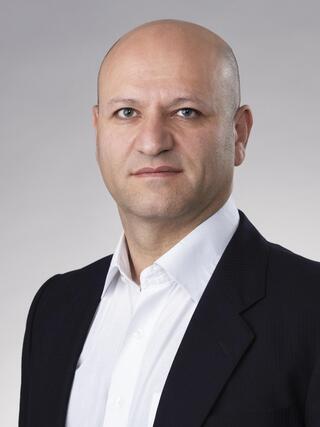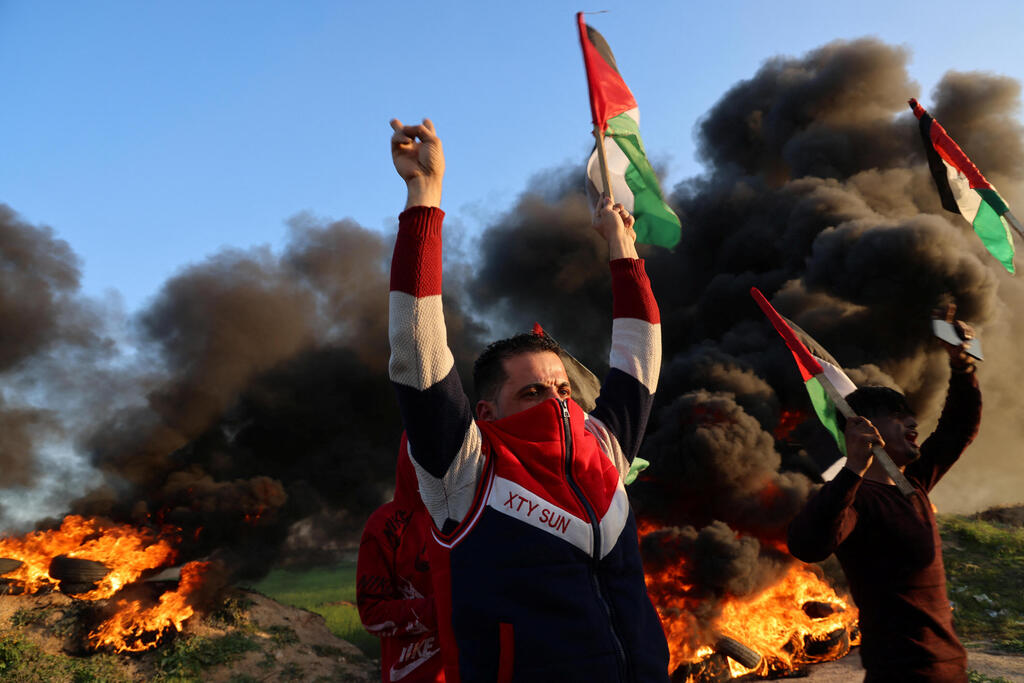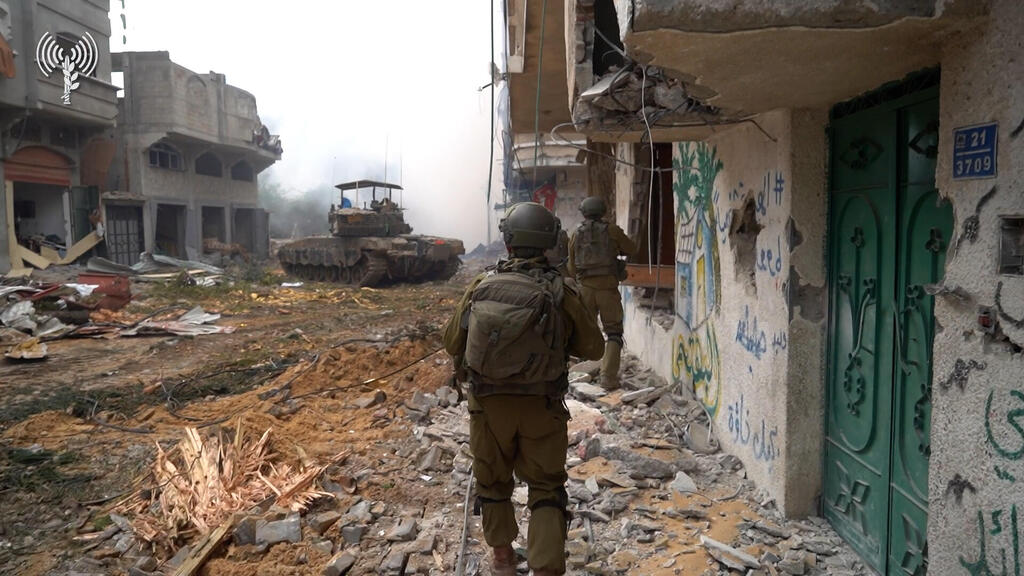As the IDF ground operations in the Gaza Strip deepen, the size of the terror entity established in the region over the last two decades has come to light. There is hardly a spot in the public Gazan sphere that has not been used to serve in the struggle against Israel, including an elaborate system of tunnels, weapon storage facilities, snipers’ posts, observation or rocket firing posts, headquarters and safe houses. Gaza - above and below ground - was not a sphere where civil society, economy and politics had properly existed, but an entity dedicated in its entirety to anti-Israel jihad.
More stories:
- Israel will not disappear/opinion
This revelation makes one wonder about Gazan residents’ attitudes toward the atmosphere that had developed in their living quarters, permeating their schools, kindergartens, mosques, UNRWA facilities, hospitals and recreational areas. It is highly unlikely that Gazans were not aware of the terror state existing alongside and among them. One might argue that they were (and still are) afraid to protest against Hamas, yet many might also have identified with the Hamas project and assisted it.
One thing is clear though - the immense terror infrastructure currently being dismantled by the IDF in the Gaza Strip is a prime manifestation of Hamas’ authentic set of priorities, which Israel had, to a large extent, failed to understand before October 7.
The financial value of these so-called “Tunnel Cities,” and the inconceivable scopes of weapons captured, are estimated to be worth billions of U.S. dollars, the kind of money that could have dramatically improved the lives of Gazans over the last few decades. In Hamas’ view, the ideological objective clearly outweighed any improvement in quality of life, and the Gazans themselves did little to object.
Following the October 7 massacre, it seems only the most delusional would still claim that the terror society and state established by Hamas in Gaza served as local residents’ means of “fighting the siege,” protesting oppression or improving the economic state of affairs in the Gaza Strip. These are but reasons given by the Palestinians as propaganda vis-á-vis the international community, not the true causes of the assault promoted by Hamas or the establishment of this terror entity, all of which are rooted in ideological yearnings perceived as overarching considerations.
In the aftermath of this war, the Gazan public sphere would not only need to be rid of threat-posing military capabilities, but of jihad ideology as well. The comprehensive rehabilitation that Gaza would require cannot focus merely on housing, employment and civil infrastructure projects – which existed before the war too, but failed to thwart it – but on the forming of a normal civil sphere, free of the murderous militarization spread by Hamas throughout Gazan society.
Such a development would require a profound change in Palestinian views – a mission no less complex than removing the military threats posed by Gaza, and perhaps one that is even more complex. Israel is already engaged in uprooting hubs through which Hamas had spread its ideological teachings to the greater public – and were used, inter alia, for military purposes too – such as many of Gaza’s Hamas-associated academic institutions, mosques and media outlets.
Israel also has the right to demand that the Palestinian education system after the war be closely monitored by an international oversight mechanism, since its contents, particularly in Gaza, had previously served to cultivate the younger generation’s fierce animosity, motivating it to engage in terror.
 Dr. Michael Milshtein
Dr. Michael MilshteinYet a profound change in Palestinian views cannot be achieved solely through Israeli actions, nor will they lead to Palestinian soul-searching. It must involve efforts from within the Palestinian system itself.
At this point in time, at least, there are no signs of such attempts, and we cannot but hope that the younger Palestinian generation will begin to grasp that the battle slogans and victimization embraced by their ancestors have led its people to nothing but disasters, a prime example of which is the ongoing war in Gaza, and start to examine the possibility of replacing them with compromises and focusing on developing life here and now.
- Dr. Michael Milshtein is director of Palestinian Studies Forum at Moshe Dayan Center for Middle Eastern and African Studies, Tel Aviv University
First published: 11:00, 12.21.23




